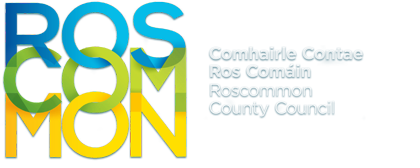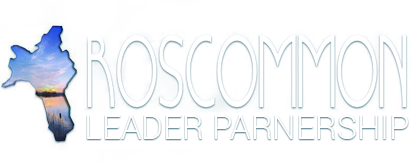Donamon
Donamon Castle

Donamon Castle is one of the oldest inhabited buildings in Ireland. There was a fortress here from earliest times, but the earliest recorded reference is in the Annals of the Four Masters for the year 1154.
The Castle was the seat of the O'Finaghtys, the Chiefs of Clan Conway, which clan held the land for miles round about. In the Norman Conquest of the 13th century the O’Finaghtys were dispossessed and, seemingly, forced to live on a fraction of their former lands.
In 1232 Adam de Staunton, A Norman knight from Co.Kildare, began building-or improving-in Donamon, but his work was demolished by the O’Connors in the following year.
The rebuilt castle was occupied by the King’s justiciar, de Oddingseles, in 1294, but he died the following year. It was then occupied by the de Berminghams of Athenry during whose tenure the O’Connors attacked and destroyed the castle again (1315)
In 1307 Donamon saw the last of the O’Finaghtys and the first of the Burkes. Tradition has it that Nuala na Miodoige (Nuala of the dagger), wife of the last O'Finaghty and a veritable amazon of a woman, murdered her husband on the promise of marriage to Burke. In the political anarchy after 1333 the Burkes got complete control. They took upon themselves the old name of the O'Finaghtys- "Chiefs of Clan Conway."
In 1400 the castle was again destroyed by the O’Connors and at least one of the MacDavid Burkes was killed in the fighting. The MacDavid Burkes were to occupy it for the next 300 years, during which time Clan Conway land was the scene of many dark deeds. The Annals of the Four Masters says that at least three O’Connors, kings of Connacht-to-be, were murdered here.
About 1620 the older part of the castle took it’s present shape. Really it is more a battlemented house than a castle, a reflection of the relaxed political situation of the time. It seems possible that they built on the previous fabric. The middle roof-gable is of a latter construction than the others and seems to have been added on about fifty years after the other two.

The MacDavid Burkes were dispossessed in the Cromwellian Settlement in 1652 and in 1656 Donamon and the adjoining lands were bought by one of Cromwell’s henchmen, Robert King of Rockingham, from an adventurer or merchant for £133.
In 1668 Robert King’s son, John Lord Kingston, gave a lease of the lands for 500 years to Thomas Caulfield, brother of Lord Charlemont.
Subsequent Caulfields were prominent in local politics and many of them rose to the highest position in the Irish Bar. Perhaps the most colourful of the Caulfields of Donamon was St. George (1697-1778), M.P., judge, miser, cattle-fancier, alcohol-hater, philanderer and pitch and toss expert.
In 1855 St. George Francis Caulfield (1806-1896) extended the old building. The extension is rather spurious, particularly the corner tower, and the corner machicolations of the older building were removed.
The last Caulfield left Donamon in 1920 and died in reduced circumstances in London in 1933. Apart from the Republican forces who occupied it in 1921, it remained vacant for the next 19 years, shunned by the local people who believed it haunted by the ghost of a former bailiff.
In 1939 the Divine Missionaries bought the property. The grounds were a wilderness and the castle was in a ruinous condition. Great hardship was suffered by the first community and matters were made worse by the fact that it was cut off by the war from it’s sister-houses on the Continent. With God’s help and that of the local people and clergy it prospered.






